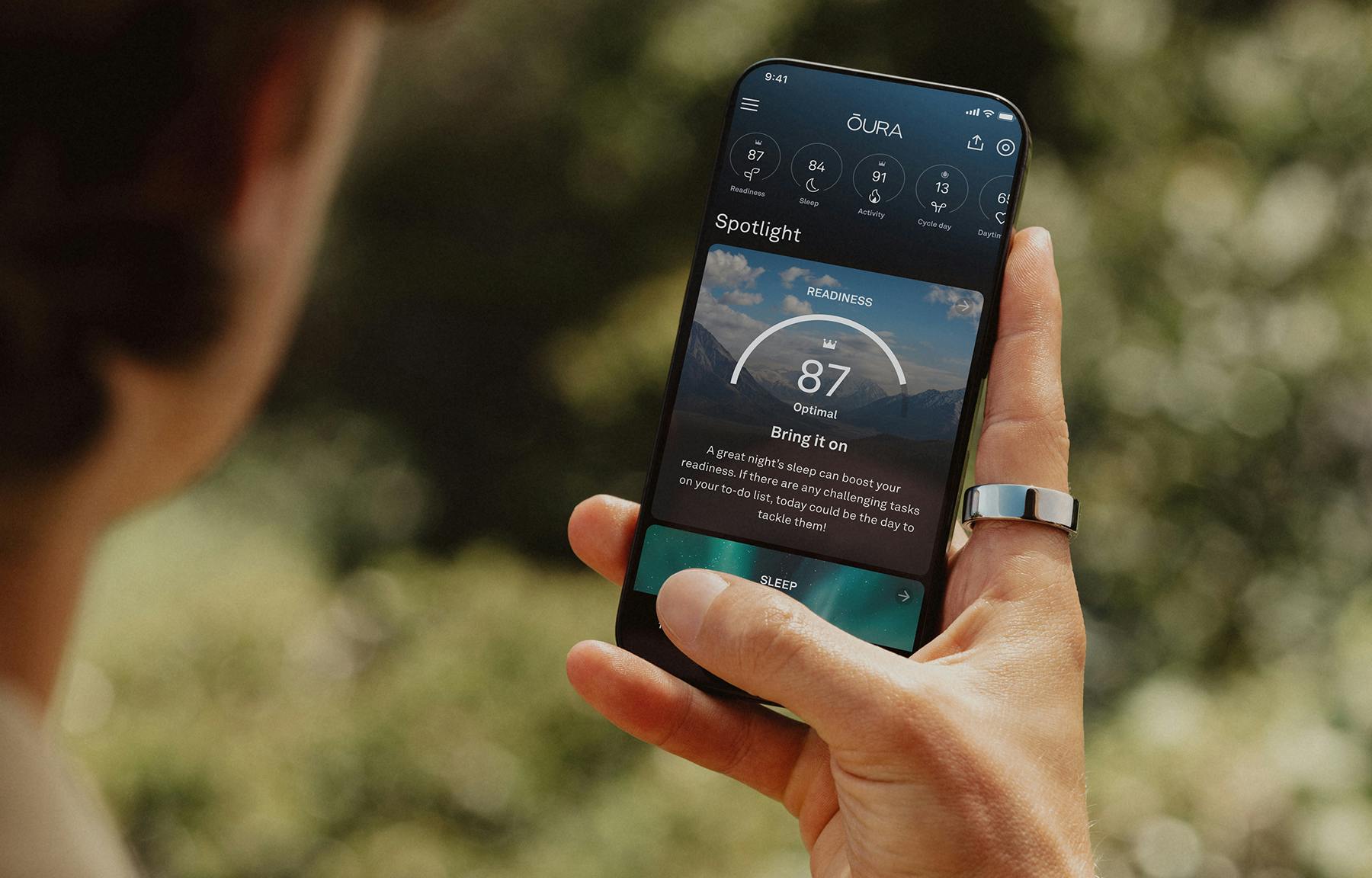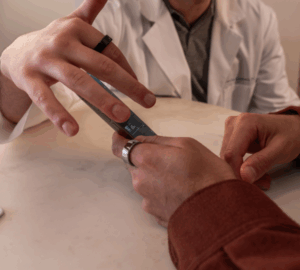A recent review aimed to determine which wearable devices were most suitable for continuously monitoring cardiovascular health data in generally healthy adults.
Oura Ring Gen3 emerged as one of the most accurate, user-friendly, and cost-effective options for tracking heart rate (HR) and heart rate variability (HRV) in healthy adults, thanks to its unobtrusive design and reliable measurements.
According to Jessica Lu, first author of the review and PhD candidate at the National University of Singapore:
“This newly published review is the result of applying our framework to the current landscape of wearables capable of measuring cardiovascular function, narrowing down 216 devices to 20 validated, suitable options for continuous monitoring in generally healthy, community-dwelling adults. What began as an internal decision-making tool ultimately evolved into a broader resource we hope can support others facing similar challenges in device selection for research, clinical practice, and personal health.”
Read the study here.
Study Design
Originally, the researchers at the National University of Singapore set out to identify a suitable wearable device for their own clinical studies—specifically, trials investigating whether certain “gerotherapeutics” (anti-aging interventions) could reduce biological age.
“As we evaluated our options, we realized that while many guidance documents existed, they were often vague and lacked actionable steps to choosing a wearable device,” explains Lu. “That prompted us to develop our own step-by-step practical guide to device selection, which we could also apply systematically to narrow down the most appropriate options.”
What started as an internal tool ultimately evolved into a larger, evidence-based framework. In this review, researchers evaluated wearable devices for cardiovascular monitoring in community-dwelling adults (generally healthy adults who live independently outside of clinical or institutional settings).
Starting from 216 devices drawn from a prior systematic review, the authors narrowed the field down to 20 devices using five criteria:
- Continuous monitoring capability
- Device availability and suitability
- Technical performance (accuracy and precision)
- Feasibility of use
- Cost evaluation
Devices had to offer passive (non-interactive) 24/7 monitoring, be commercially available, technically validated using gold-standard methods, and practical for daily wear. Only devices with robust validation data and feasible integration into clinical workflows were included.
Key Findings
- Oura Ring Gen3 was one of only 20 devices that met all five criteria.
- Oura Ring delivered high accuracy and precision for HR and HRV.
- It was validated specifically in healthy adults, aligning with the target population.
- Oura Ring scored high in feasibility across all domains: comfort, usability, battery life, data access, and software control.
“From a user experience perspective, the ring form factor makes it comfortable and unobtrusive to wear continuously,” says Lu. “That’s particularly helpful for users who prefer minimal, non-wrist-based devices and don’t mind rings on their fingers. This is important for long-term adherence in both consumer and research settings.”
The team also noted that the Oura App and API made it easier for researchers to access and integrate participant data into clinical workflows. Features like researcher-level firmware and software control are also helpful, Lu noted. “Additionally, it’s easy to sanitize and reuse across participants, which is a practical benefit for longitudinal or multi-participant trials.”
The Value of Real-World Monitoring
“The wearable tech space is evolving,” Lu notes, “With so many options and overlapping features, it can be overwhelming for consumers to figure out which one best suits their needs.”
This study offers a rigorous, real-world framework for narrowing down wearable options, prioritizing devices that are both scientifically validated and user-friendly.
Being able to track cardiovascular health with wearables offers a unique window into the body’s autonomic function—capturing dynamic physiological changes that traditional clinic-based measurements often miss.
Continuous real-world monitoring enables researchers to observe how lifestyle, environment, and behavior impact cardiovascular health over time, providing a more comprehensive view.
The Bottom Line
Oura Ring Gen3 emerged as one of the top devices for reliable, long-term cardiovascular health monitoring—validated in both accuracy and real-world use. With its user-friendly design, precise HR and HRV tracking, and seamless integration into both consumer and research settings, Oura continues to stand out in the growing world of health wearables.
RELATED: The Accuracy Advantages of Finger-Worn Wearable Devices










